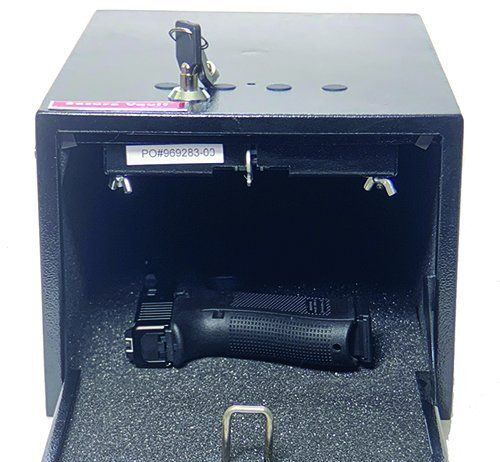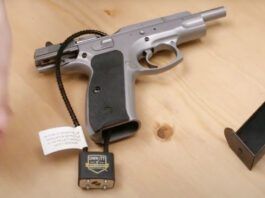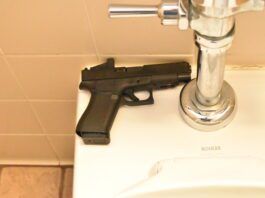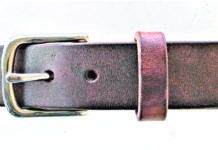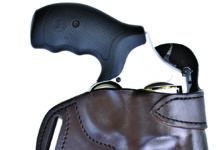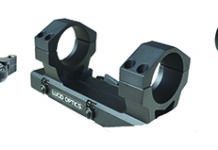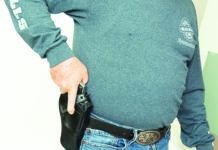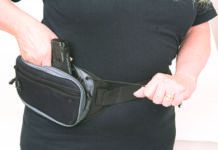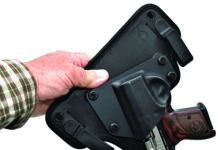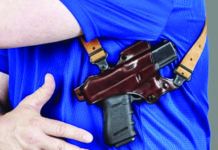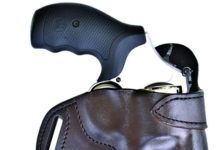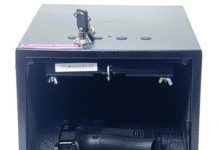Faxon Firearms Offers +3, +5 G19 Magazine Extensions
To start, remove the baseplate from an existing OEM Glock 19 magazine. Having a baseplate removal tool makes this easier. When you take the baseplate off, be sure to capture the magazine spring with a finger.
Small-of-Back Holsters: We Test a Handful of SOB Types
A Gun Tests reader recently asked us to look at small-of-the-back holsters, often referred to as SOB, and sometimes referred to as MOB, or...
Gun Belts: Beat the Sag with Choices from Wright, Bigfoot
When you make the decision to carry a holstered handgun in the field or in concealed carry, you need a proper gun belt. A...
2020 Holster Picks for Carry
Wright Leather Works Regulator Cross Draw Holster, $105
We ordered a Regulator for a 3-inch-barrel revolver. After inspecting the fit and finish and seeing how...
Quick-Release Extended Scope Mounts For Carbines & Rifles
One-piece scope mounts with QD or quick-detachable systems offer a number of advantages over employing two separate rings. The first is strength. Seated in...
Switchback Ambi Holster
From time to time, Gun Tests writers require armed security from natural agents, such as snakes awoken by spring rains, or feral hogs and...
Hands-On: Galco’s FasTrax PAC Reinvents the Fanny Pack
Concealed carry via a waistpack or “fanny pack” could be defined as a method of transporting a handgun in a compartment suspended from a...
Kydex and Leather Holsters
Recently, a reader suggested a realistic test of holsters. A holster test that met Gun Tests criteria would have to be extensive. While we...
Shoulder Holsters Compared
A few months ago, a reader remarked favorably on our ongoing holster tests. The reader said that his orthopedic doctor opined that those carrying...
Driving Holsters Compared
We look for the best holsters for driving, sitting for long periods, and by extension, riding a horse or motorcycle. We found a number of good choices, though some are pricey.
Handgun Safes: We Compare Four Pistol Safes
We look hard at a quartet of boxes from Boyt, GunVault, Liberty Safe, and Hornady to find the best combination of safe storage and access control when space is tight.
Electronic Hearing Protection: We Test Four Units Ear to Ear
The contestants: Venture Gear Amp BT, Walker's Razor Slim, Champion Ear Muffs, and Howard Leight Impact Sport. Do any of them offer more sound reduction for the buck?


























